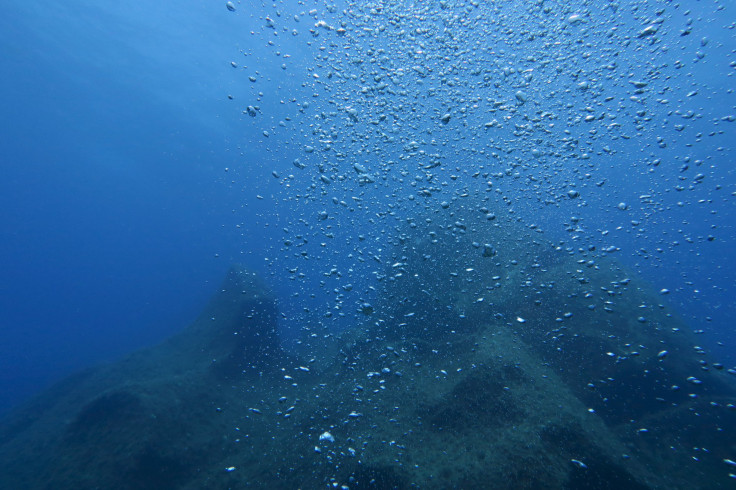'Casper The Friendly Ghost' Octopus Deep Under The Sea: Scientists Discover Possible New 'Ghostlike' Species

When scientists with the National Oceanic and Atmospheric Administration were exploring the Pacific Ocean near Hawaii last month, they thought they saw something that looked like a ghost — the friendly kind.
A team of scientists were exploring the ocean depths near Necker Island on Feb. 27 when they found a light-colored octopus, without fins or very much muscle and with suckers in only one row on each arm instead of two, the NOAA said on its website. All of these traits led scientists to believe the octopus is likely a new species, and may not belong to any described genus.
New species of "ghost" octopus discovered - guess what scientists named it? https://t.co/VTN1qBC8I0 pic.twitter.com/vmnLeJCdBq
— Daily Mirror (@DailyMirror) March 5, 2016
An online post of the creature led some on social media to comment it looks like “Casper the Friendly Ghost” from television and the movies.
Another oddity of the creature is the fact that it lacks fins yet was found so far beneath the surface of the ocean, at a depth of about 2.5 miles. Typically, these kinds of creatures are found in much shallower waters.
Michael Vecchione, director of the NOAA Fisheries National Systematics Laboratory, said in a statement online that when he showed the octopus to two colleagues, they both “agreed that this is something unusual and is a depth record for the incirrate octopods.”
Octopuses are one of the more advanced creatures, with many special biological features that help them survive. Research has indicated they have proteins in their skin similar to those found in the eye, meaning they may be able to "see" through their skin, Science Alert reported. Some octopuses through contractions are able to control how much light can bounce off their skin, meaning they are able to camouflage themselves underwater.
Some scientists have even taken inspiration from the skin of an octopus to create an artificial skin that is superstretchy and can light up in different colors, Scientific American reported.
© Copyright IBTimes 2024. All rights reserved.





















